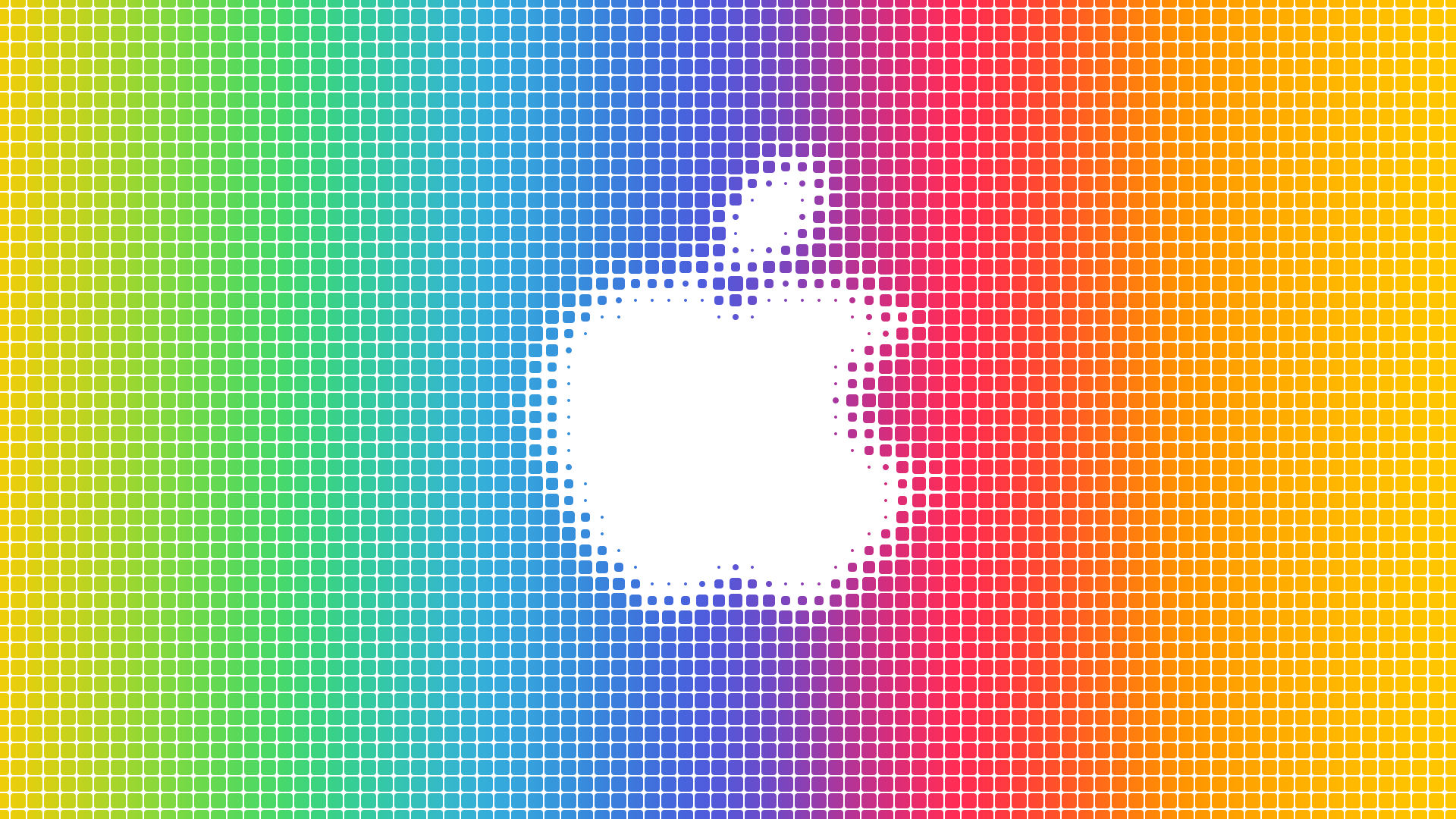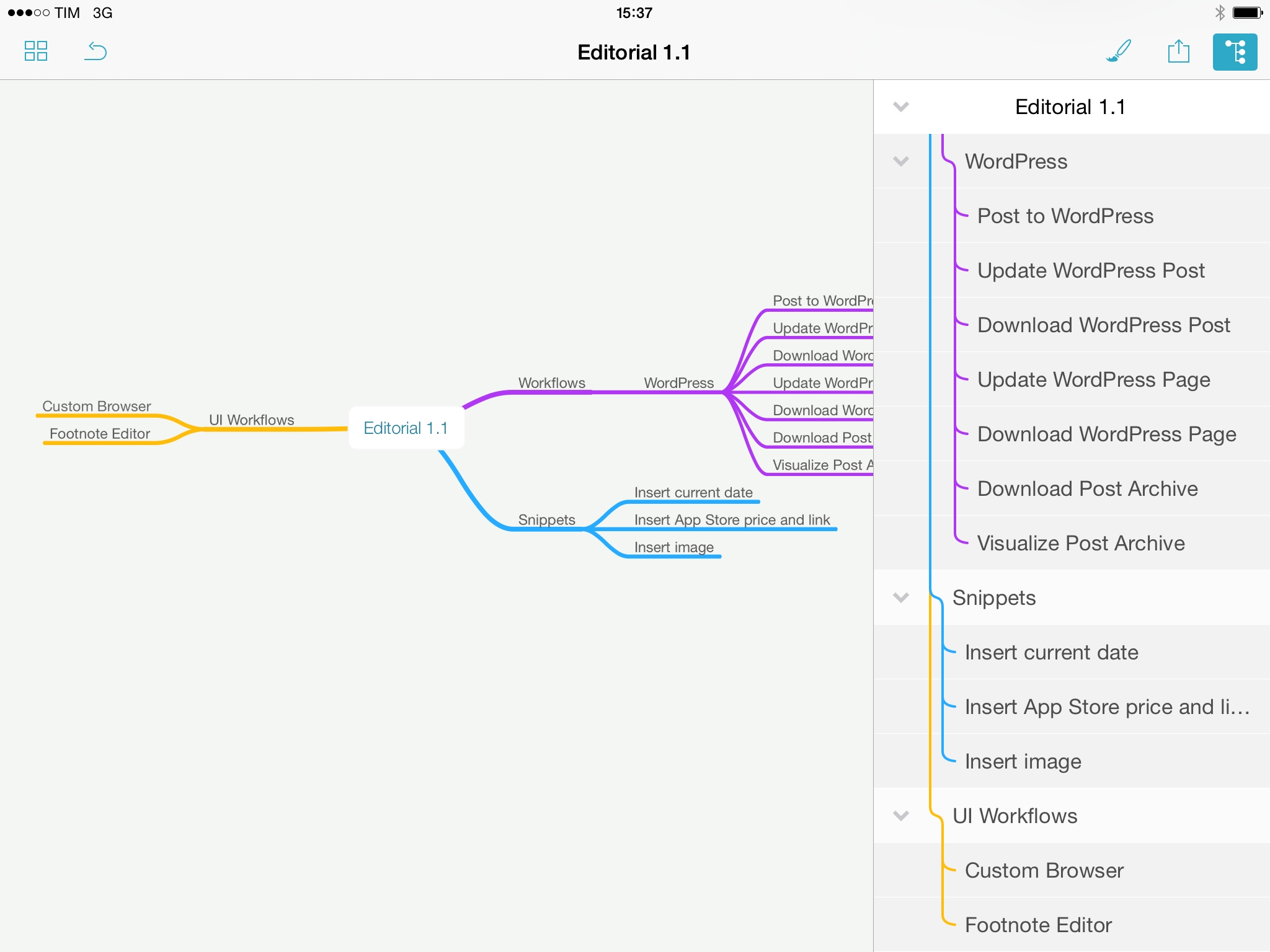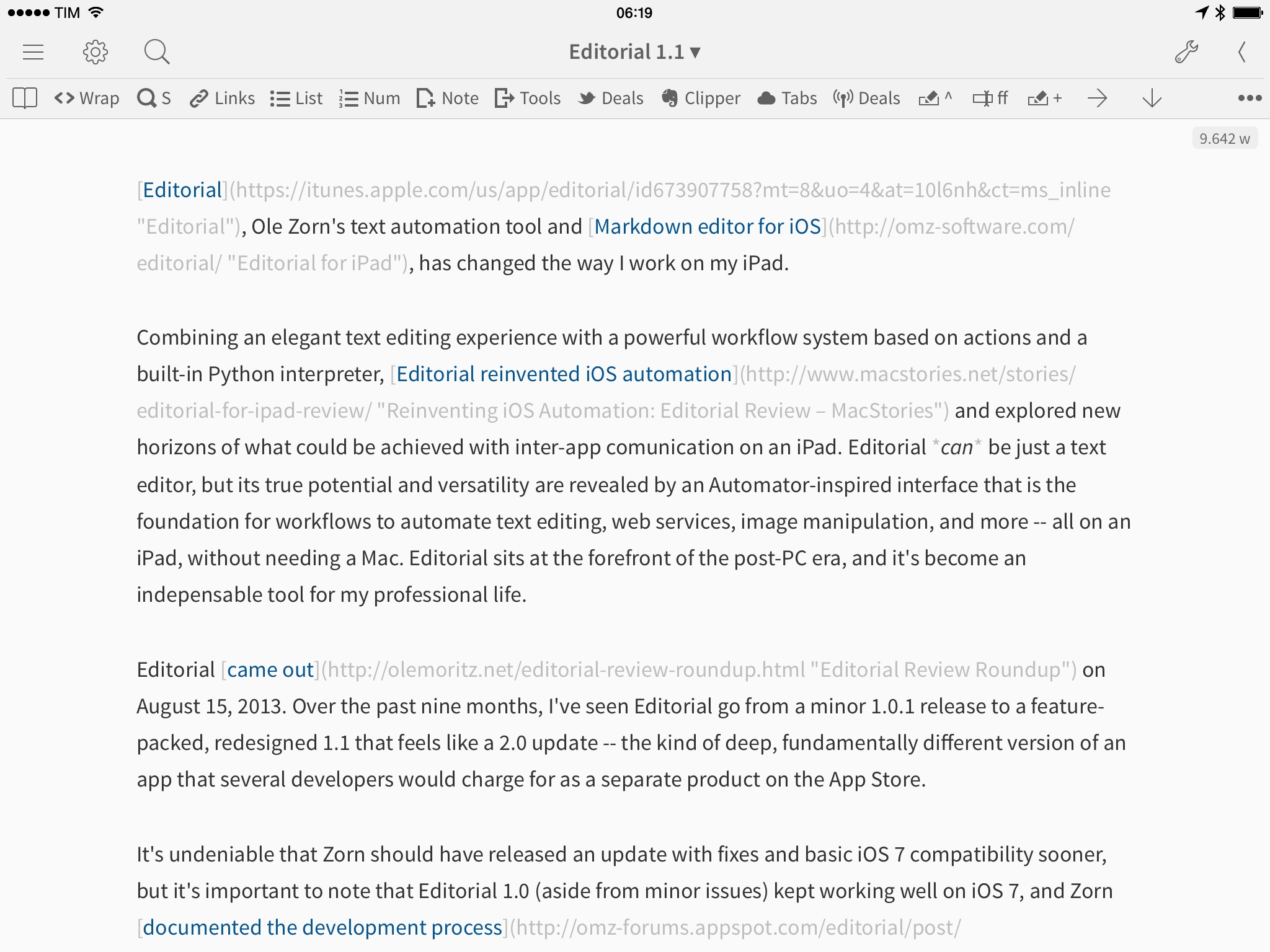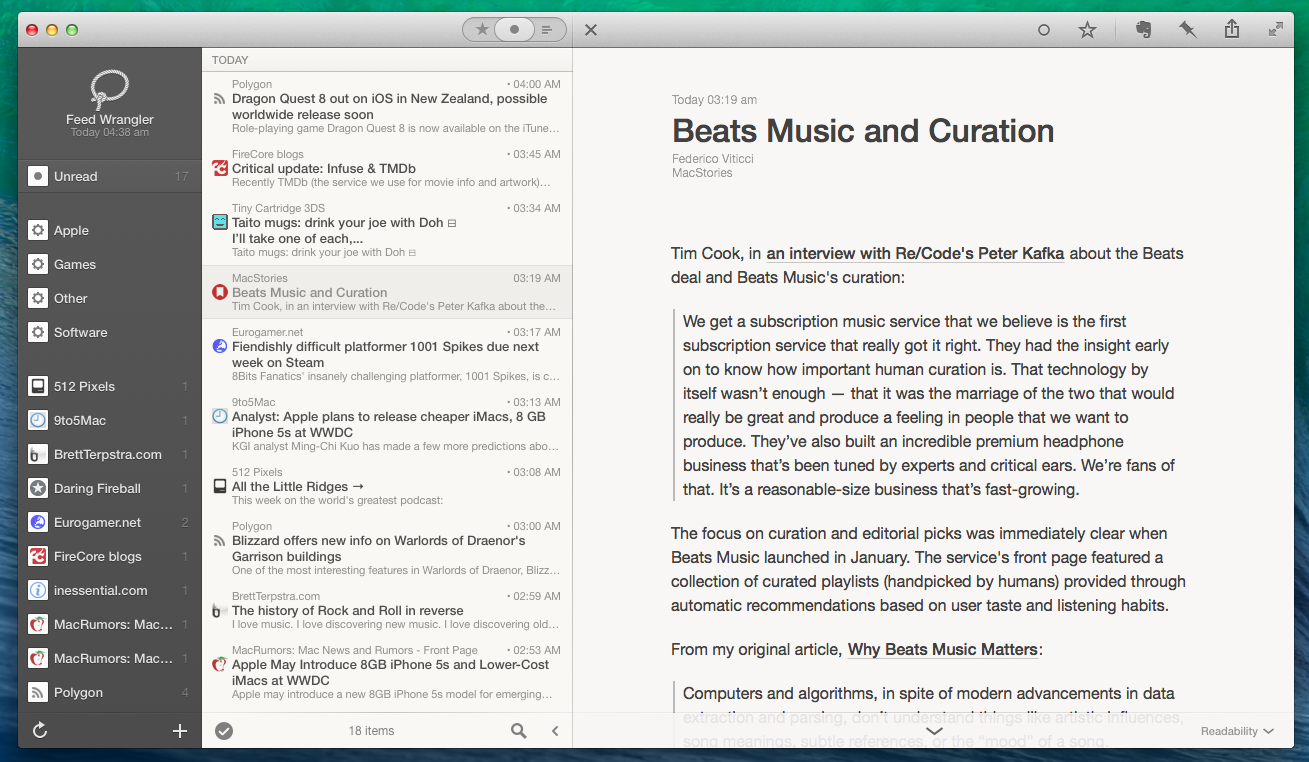From the Tokens blog:
With Tokens 1.2 we’re introducing Campaigns. As well as the convenient URLs we’ve always had for sharing and tracking individual promo codes, you can now add multiple codes to a campaign and use a single URL to share them. When a user clicks redeem on a campaign page we vend them an individual token, prioritising ones that are closer to their expiration date, and use cookies to prevent refreshing from using up more codes.
Originally launched in 2012, Tokens lets developers generate promo codes from iTunes Connect easily, without logging into the website using a browser. The app can keep track of codes that have been redeemed by users, and, personally, I’m always happy to come across Tokens links as they instantly open iTunes’ redeem page and I don’t have to copy & paste anything.
The new Campaigns feature sounds interesting and easier for developers to keep track of, and I like the idea of Passbook support for WWDC. With the update, Tokens is also getting a new pricing model and different limitations in the trial version. You can read the details here.








